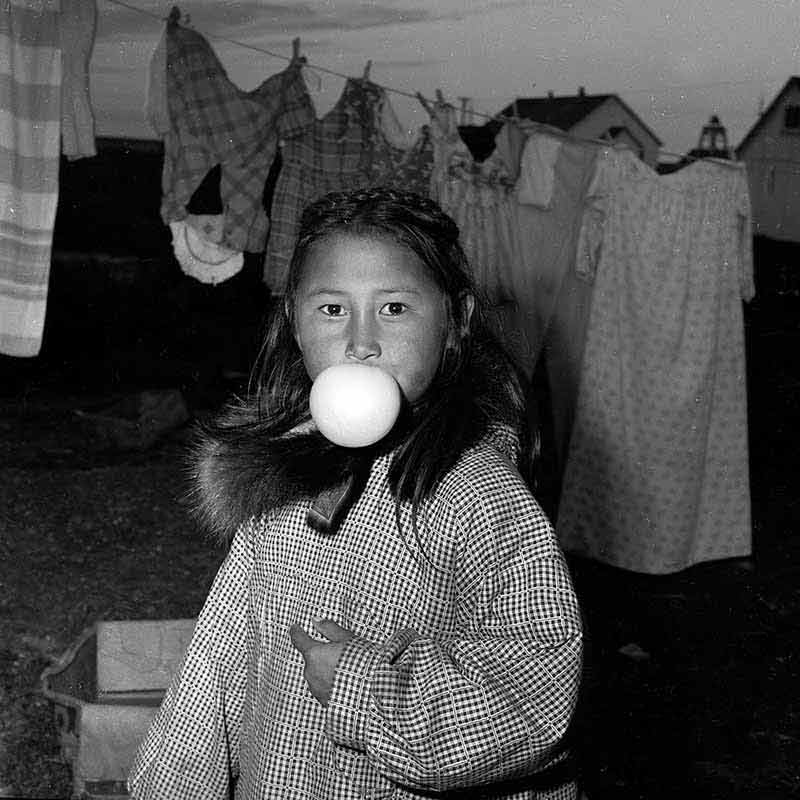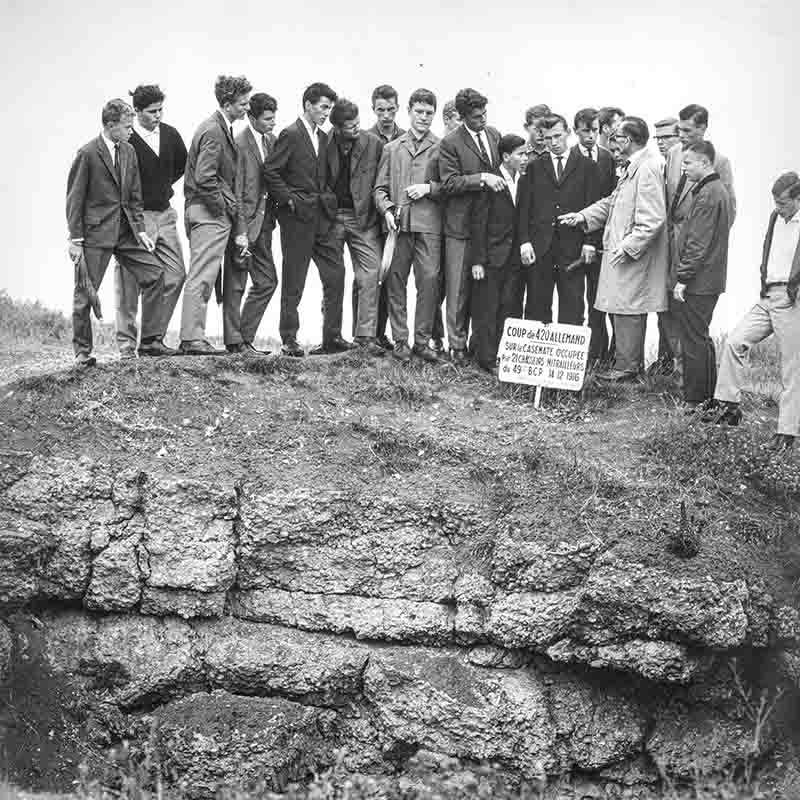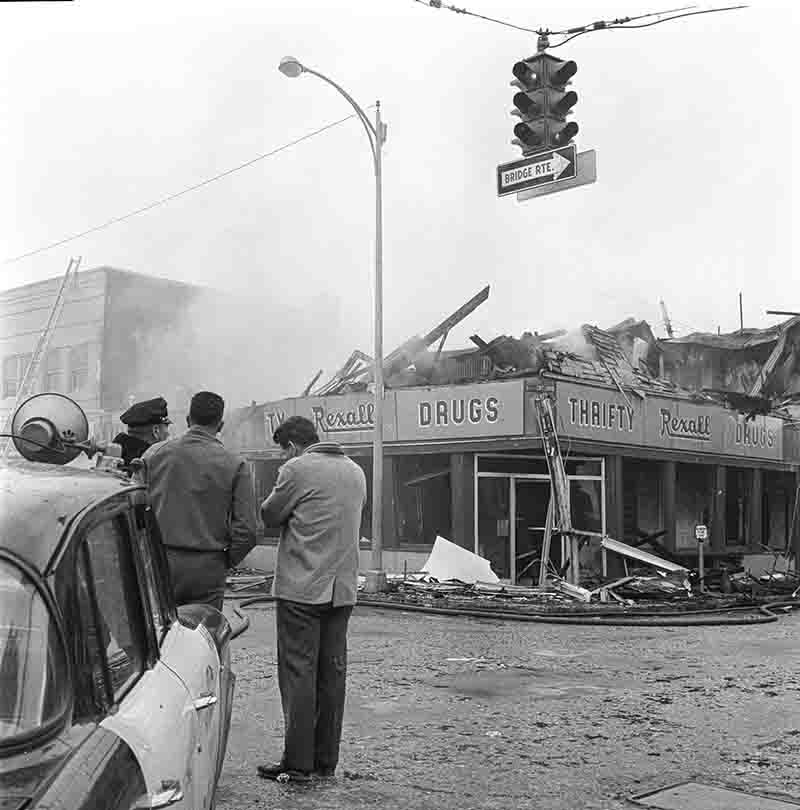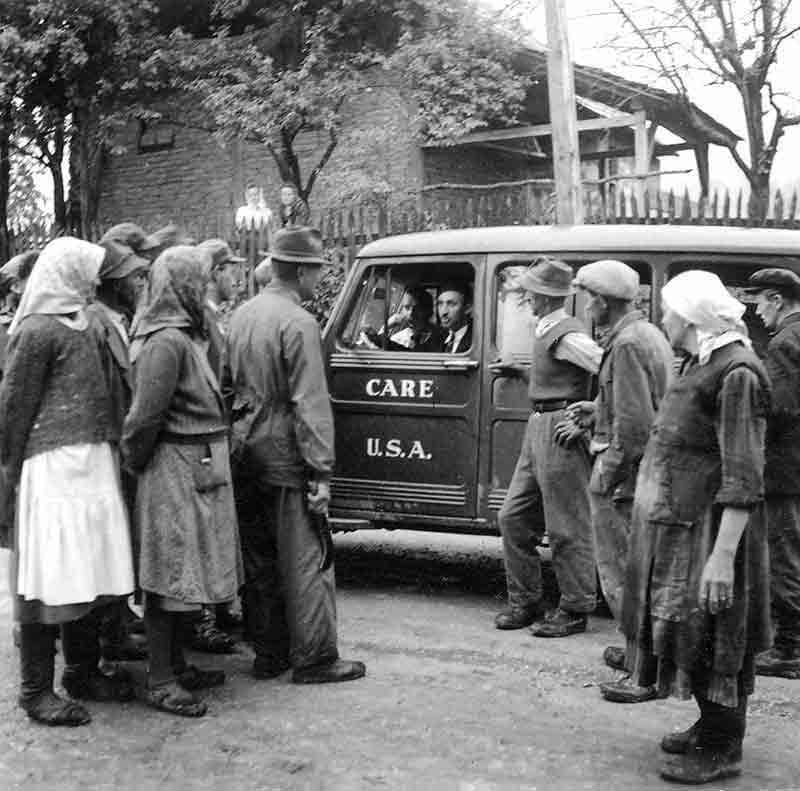Photography captures the soul of the moment
Photography transforms light and time into a collectible object, it has the power to depict reality or at least to create a visual analogy to it. The camera suggests authenticity and a technical neutrality of values. But images are never just a copy of reality. Photography has the power to capture the soul of the moment

Native Americans and Indigenous peoples share a set of values and beliefs that includes: priority of communal and family considerations over individual considerations, a belief in sharing versus accumulating, and a respect for spirituality and an interconnectedness with the natural world
Picture this
Photos are powerful. They outlast time and are capable of telling stories that are long gone. The fact that our perception and our thinking are visually determined — plays a significant role.
Motifs are structured by the photographer’s assessment and point of view. They provide a subjective interpretation of an event from a particular perspective.
Photos without the visual cliché
In the context of historical pictorial history, which takes into account the increasing importance of the medium of photography and the mass medialization of history in general, photographs are capable of transforming into icons of political, economic and cultural events.
Legible pictures
It is not only the photos that have already burned themselves into our visual memory as icons of actual events. It is often possible to gain insights in images that are not yet generally known, but which can nevertheless be representative of a distinct historical context.

The scars of the Allied bombing raids during the Battle of Berlin were visible from afar. The Brandenburg Gate had been badly damaged. No other German architectural structure is as symbolically charged as the building at the end of the boulevard "Unter den Linden". For many years it was also the symbol of German division
Iconic historical testimonials
Image sources from a certain time period, can be applied to identify lasting iconography moments. Based on historical, cultural and political research, an attempt can be made to classify those images as icons which are relevant to a specific context.

When Peter Bock-Schroeder returned from war, he found that Germany had been reduced to rubble after the fall of the so-called Thousand-Year Reich. His first thought was. "There will never be another war".
When it comes to the crucial question of why a picture was created in a certain way, art historical analysis must be specifically supplemented by sociological questions, i.e., closely linked to the function of the picture in a social context. Peter Bock-Schroeder works have such potential.
The Emotional Impact of Photography

The Battle of Verdun in France refers to a battle fought on the Western Front between February 21 and December 18, 1916. It is the most extensive and prolonged battle of the First World War and occurred on the heights to the north of Verdun-sur-Meuse.
Our memory is made up of countless individual images that are constantly changing and overlapping. Images substitute, complement and alter the text-based parts of our memory. Images, however, are not a complete historical account, but rather a snapshot that demands interpretation.
Expressive photo documentaries

The Pioneer Hotel on First Avenue was one of the landmarks of the original Fairbanks. The Pioneer Hotel fire occurred on July 14, 1952. The Pioneer Hotel was completely destroyed by the flames.
Building a story through images
Media reality has its own rules. Images and photos develop their own dynamics with unpredictable consequences, depending on the audience they attract. The once hegemonic position of the printed story in the acquisition of reality is definitely coming to an end.

In 1951, President Truman asked Congress for economic and military aid to Yugoslavia. This aid was granted. Yugoslavia proved to be the wild card of the Cold War. While the United States admired Tito for his independent stance, he could sometimes be a little too independent.
The narrative and thematic picture vocabulary
Electronic media has replaced the narrative style of classical photojournalism. Therefore, historically significant picture stories are of tremendous importance today. Not only to better understand history, but also to inspire a new generation of young photographers to report events with authenticity.

The island of the living dead, Spinalonga is located at the seaport of Elounda in the Lassithi prefecture of Crete. In 1904, after the expulsion of the Turks from Spinalonga by the Cretans, the island was converted into a leper colony where, in 1913, after Crete became part of Greece, all those suffering from the disease were transported. At its peak, the colony included nearly 400 inhabitants
Let the observer experience a unique atmosphere
The history of photography is a fundamentally defined social history. In particular, "pure photography" with its characteristic style of new objectivity from the 1920s and beyond, snapshots and everyday shots of people, situations and events from the 1930s onward, documentary photography, war photography and critical social photography.

Cabo Blanco gained popularity in the 1950s thanks to the visit of Ernest Hemingway and the shooting of the fish scenes of "The Old Man and the Sea". Marilyn Monroe, John Wayne, Humphrey Bogart, Joe di Maggio and many other Hollywood celebrities from the golden era were also guests at Cabo Blanco.
For over almost two centuries, Photography has determined our visual memory.
Photos do not simply reflect history. Instead, they are capable of creating their own visual act. They are both evidence and verdict.
Photography as iconic expression
Photodocumentary, which shaped press and media after the end of the Second World War, had the power to illustrate reality in its reproductive representation.
Pictures show a segment of the world
A picture is never an icon by itself, it is only made into an icon by an engaged and curious audience.

Brigitte Bardot is one of the most photographed women of the 20th century. It speaks of Peter Bock-Schroeder's quality as a master photographer who has created a picture in which you can recognise the actress without actually seeing her.
Tell the stories behind the picture
Images have the power to describe the meaning of a historical event and an eventful time and thus have significance beyond the particular context of its creation. In these instances, a photograph can be regarded as a historical reference.
WHAT'S THE POWER OF PHOTOGRAPHY?
- Photography is an universal language.
- Photography can tell an entire story by capturing a fraction of a second.
- Photography stops time, captures a moment and has given mankind the ability to partake in the defining moments of history.
- Photography makes us think, wonder and feel.
- Photography has fundamentally changed the way we perceive the world.
- A great photo can develop into a central message and statement.
Capturing Emotions: The Power of Photography

The end of mankind, drawn in the sky as a prophecy of its own demise: the atomic explosion. Demonic and at the same time magnificent, it symbolizes the uncanny ability of the human spirit to accomplish both the miraculous and the diabolical. - Peter Bock-Schroeder, 1964
Photography has the power to capture and convey emotions and experiences in a way that words alone cannot. It has the ability to document and bring attention to important events, both positive and negative, and to inspire change.
One example of the impact of photography is the work of war photographers. These brave individuals risk their lives to document conflicts and bring attention to the human cost of war. Their images have the power to shape public opinion and bring about calls for peace.
The Magic of Photography
But photography is not just limited to documenting serious events. It can also be used to showcase the beauty and diversity of our world. From stunning landscapes to intimate portraits, photographs allow us to see the world through someone else's eyes and to appreciate the beauty that surrounds us.
Inspiring Change Through the Lens
In the digital age, photography has become more accessible than ever before. With the proliferation of smartphones and social media, anyone can share their images with a global audience. This democratization of photography has allowed a wider range of voices and perspectives to be heard and has opened up new avenues for storytelling.
Seeing the World in a New Light
Overall, the power of photography lies in its ability to capture and convey emotions, document important events, and inspire change. It allows us to see the world in new ways and to appreciate the beauty and diversity of our world.